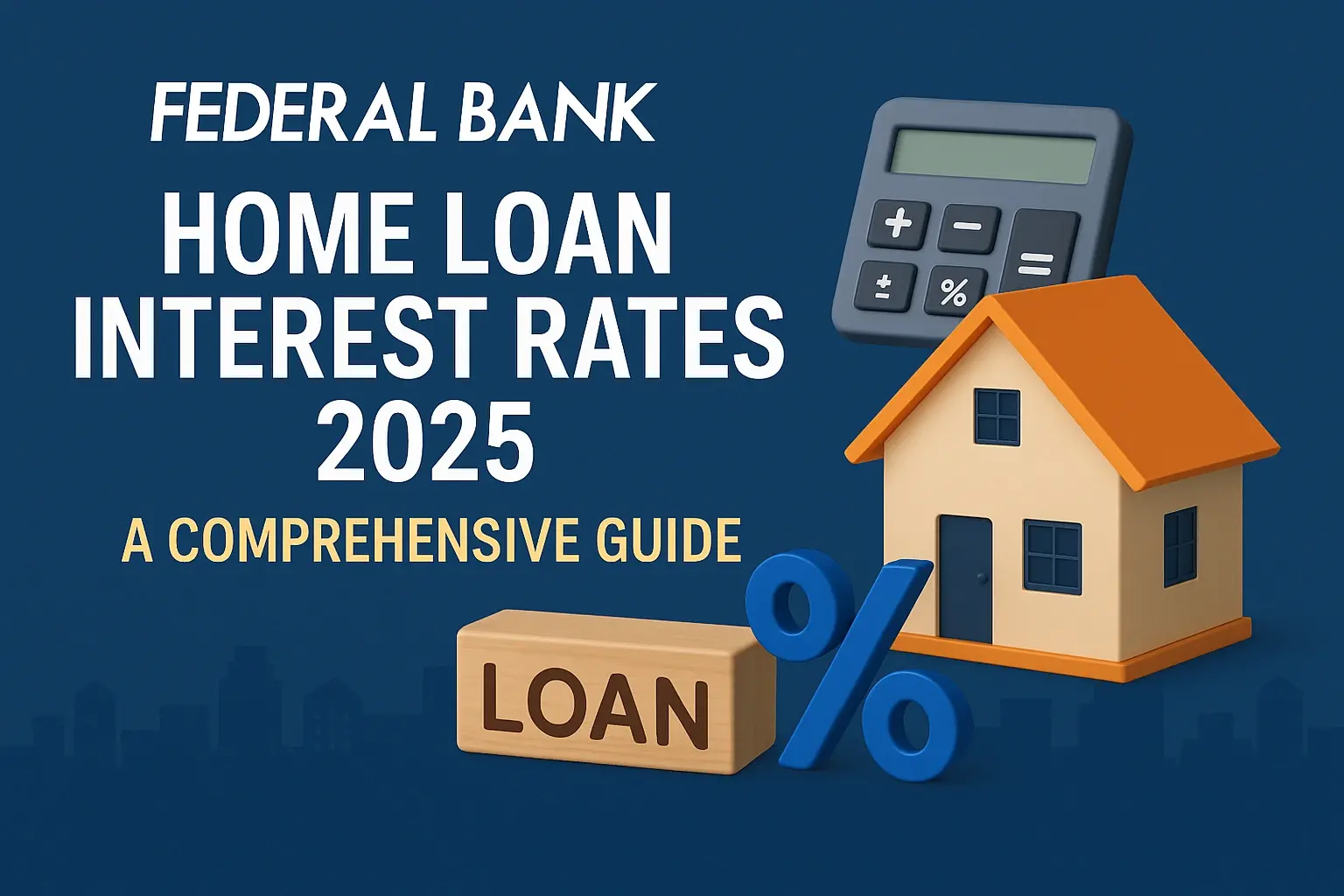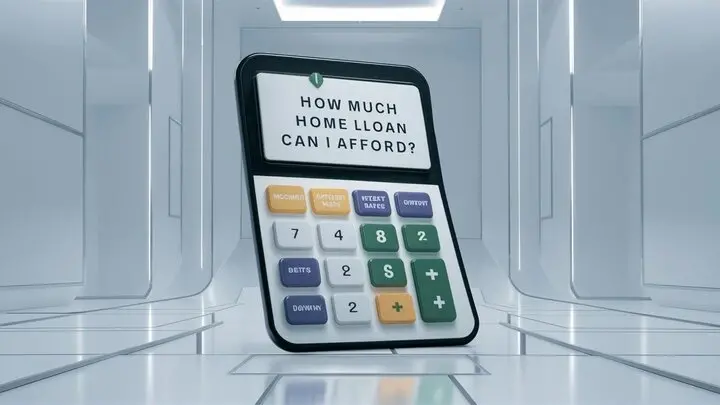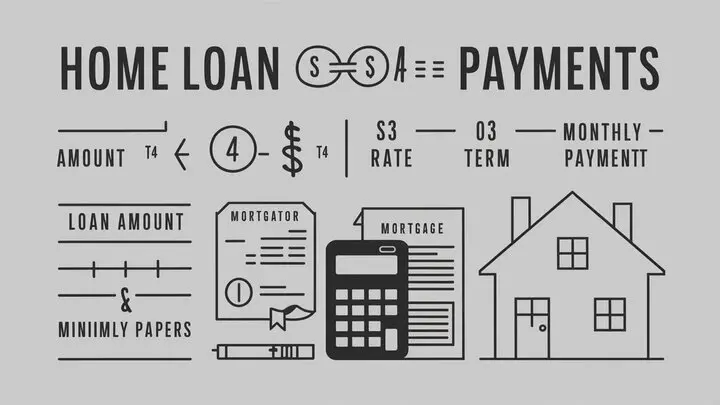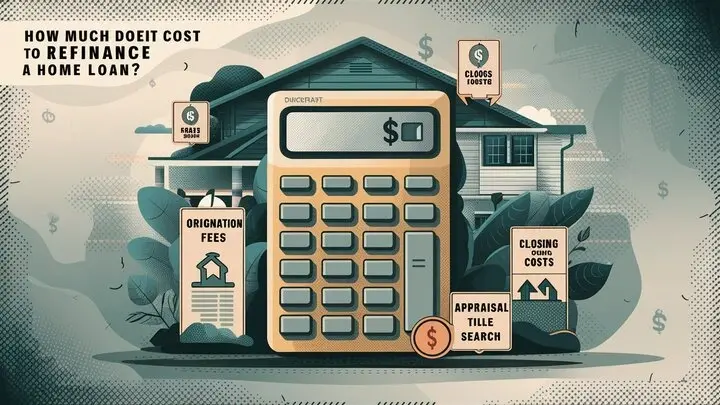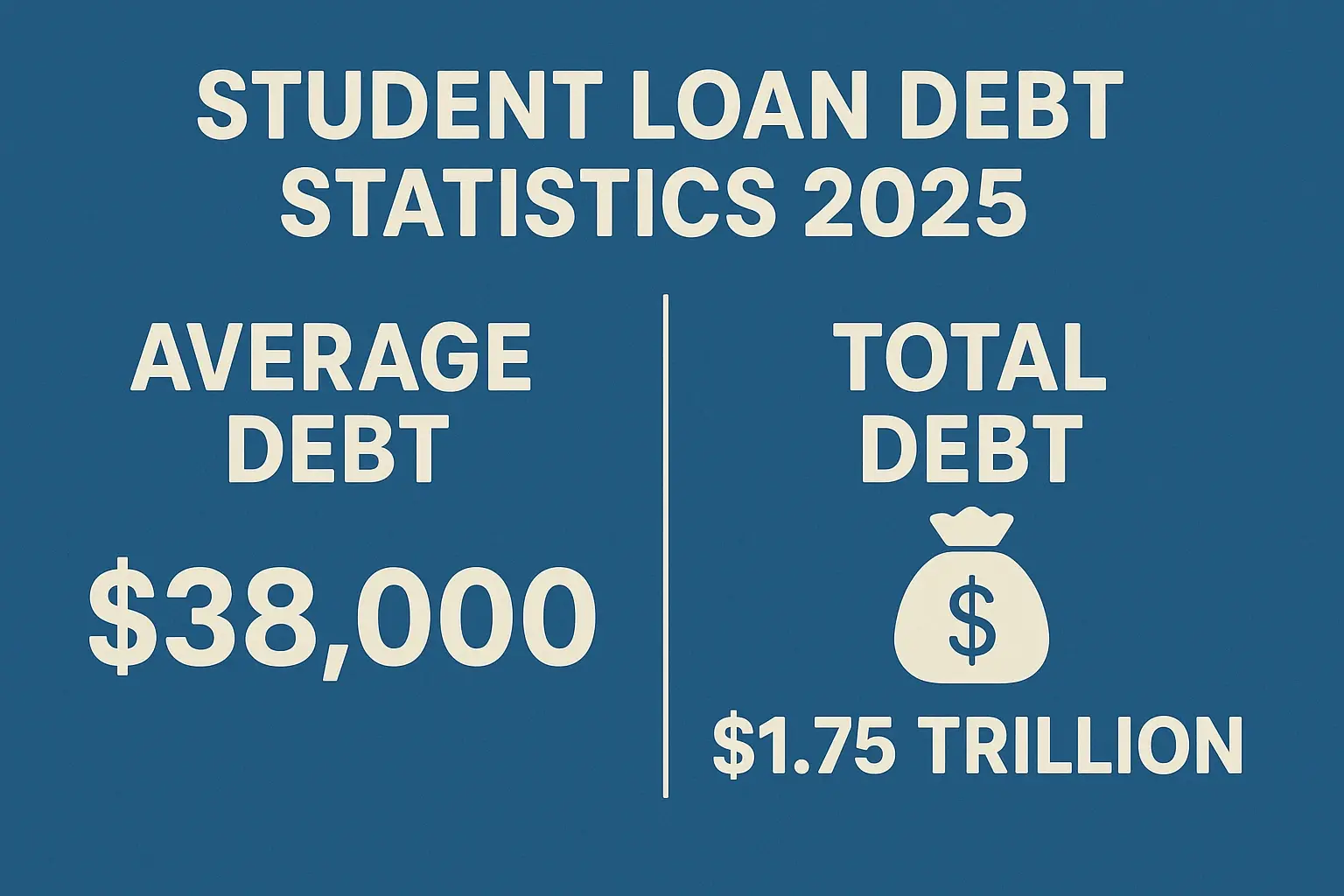Your home is likely your most valuable asset. As you pay down your mortgage and its value appreciates, you build equity in your home – the difference between its current market value and what you still owe on your mortgage. This equity can be a powerful financial tool, and two popular ways to access it are through a Home Equity Loan and a Home Equity Line of Credit (HELOC). Both allow you to borrow money using your home as collateral, but they function differently and are suited to different financial needs. This comprehensive guide will explore the key differences between these options, helping you determine which one best aligns with your individual circumstances.
Understanding Home Equity
Before diving into the specifics of home equity loans and HELOCs, it's crucial to understand the concept of home equity itself. Essentially, it represents the portion of your home that you truly own. As mentioned earlier, it's calculated by subtracting your outstanding mortgage balance from the current appraised value of your home. For example, if your home is worth $400,000 and you owe $250,000 on your mortgage, your home equity is $150,000.
Lenders typically allow you to borrow a certain percentage of your home equity, often up to 80% or 85% of its value, minus your existing mortgage balance. This means that in the example above, you might be able to borrow up to $70,000 (80% of $400,000 is $320,000, minus the $250,000 mortgage balance).
Home Equity Loan: A Fixed-Rate, Lump-Sum Option
A home equity loan, often referred to as a second mortgage, is a loan that provides you with a lump sum of money upfront. This is a fixed-rate loan, meaning the interest rate remains constant throughout the loan term. This predictability can be very appealing to borrowers who prefer to know exactly what their monthly payments will be.
Key Features of a Home Equity Loan:
- Lump-Sum Disbursement: You receive the entire loan amount at once.
- Fixed Interest Rate: Your interest rate remains the same throughout the loan term.
- Fixed Monthly Payments: Your monthly payments are predictable and consistent.
- Set Repayment Term: You have a specific timeframe to repay the loan, typically ranging from 5 to 30 years.
Advantages of a Home Equity Loan:
- Predictability: The fixed interest rate and payment make budgeting easier.
- Suitable for Specific Projects: Ideal for financing a large, one-time expense, such as a home renovation, debt consolidation, or a major purchase.
- Potentially Tax Deductible: Interest paid on a home equity loan may be tax-deductible, depending on how the funds are used (consult a tax professional).
Disadvantages of a Home Equity Loan:
- Less Flexibility: You receive the entire loan amount upfront, even if you don't need it all immediately. You'll still be paying interest on the full amount.
- Risk of Foreclosure: Like any secured loan, failure to repay the loan can result in foreclosure.
Home Equity Line of Credit (HELOC): A Flexible, Revolving Credit Option
A Home Equity Line of Credit (HELOC) functions more like a credit card, offering a revolving line of credit secured by your home equity. Instead of receiving a lump sum, you have access to a specific amount of money that you can borrow from, repay, and borrow again during a draw period. HELOCs typically have a variable interest rate, meaning the rate can fluctuate based on market conditions.
Key Features of a HELOC:
- Revolving Credit Line: You can borrow, repay, and re-borrow funds up to your credit limit during the draw period.
- Variable Interest Rate: The interest rate can change over time, often tied to a benchmark rate like the prime rate.
- Draw Period: A specific timeframe (typically 5-10 years) during which you can borrow funds.
- Repayment Period: After the draw period ends, you enter the repayment period, where you must repay the outstanding balance, typically over a period of 10-20 years.
- Interest-Only Payments (Often): During the draw period, you may only be required to make interest-only payments. This can make payments lower initially but means you're not paying down the principal.
Advantages of a HELOC:
- Flexibility: Borrow only what you need, when you need it. This is ideal for ongoing projects or unexpected expenses.
- Lower Initial Payments: Interest-only payments during the draw period can be attractive.
- Potentially Tax Deductible: Interest paid on a HELOC may be tax-deductible, depending on how the funds are used (consult a tax professional).
Disadvantages of a HELOC:
- Variable Interest Rate: Your payments can increase unexpectedly if interest rates rise.
- Complexity: Understanding the draw period, repayment period, and potential for interest rate fluctuations can be confusing.
- Risk of Foreclosure: Failure to repay the line of credit can result in foreclosure.
- Potential for Overspending: The ease of access to funds can lead to overspending.
- Payment Shock: When the draw period ends and the repayment period begins, your monthly payments will likely increase significantly as you start paying down the principal.
Home Equity Loan vs. HELOC: A Detailed Comparison
To further clarify the differences between home equity loans and HELOCs, let's compare them side-by-side:
| Feature | Home Equity Loan | Home Equity Line of Credit (HELOC) |
|---|---|---|
| Disbursement | Lump Sum | Revolving Credit Line |
| Interest Rate | Fixed | Variable (typically) |
| Payment Predictability | Highly Predictable | Less Predictable |
| Repayment | Fixed monthly payments of principal and interest | Interest-only payments during draw period; principal and interest payments during repayment period |
| Best Use Case | One-time, large expenses (e.g., home renovation, debt consolidation) | Ongoing projects, unexpected expenses, or when you need access to funds over time |
| Risk Factor | Predictable payments minimize risk if managed responsibly. | Variable rates can increase payments, leading to financial strain. Potential for overspending. |
| Fees | Often lower fees than HELOCs. | May have annual fees, transaction fees, or early closure fees. |
Choosing the Right Option: Factors to Consider
The best choice between a home equity loan and a HELOC depends on your individual financial situation, goals, and risk tolerance. Consider the following factors:
1. Your Financial Needs:
- Specific Project vs. Ongoing Needs: Do you need a fixed amount of money for a specific project, or do you anticipate needing access to funds over time? A home equity loan is better for the former, while a HELOC is better for the latter.
- Amount Needed: How much money do you need to borrow? Consider the maximum amount you might need to access over the life of the loan.
2. Interest Rate Sensitivity:
- Risk Tolerance: Are you comfortable with the possibility of your interest rate fluctuating? If not, a home equity loan with a fixed rate is a safer choice.
- Market Conditions: Assess the current interest rate environment and predictions for future rate changes. In a rising rate environment, a fixed-rate home equity loan may be more attractive.
3. Budgeting and Repayment Capacity:
- Monthly Payment Affordability: Calculate your budget and determine how much you can comfortably afford to pay each month. Consider the potential for higher payments with a HELOC if interest rates increase.
- Repayment Strategy: Develop a plan for repaying the loan or line of credit. Be realistic about your ability to make payments, especially when the HELOC draw period ends.
4. Your Credit Score and Financial History:
Your credit score plays a significant role in determining your eligibility for both home equity loans and HELOCs, as well as the interest rate you'll receive. A higher credit score generally leads to better terms. A strong financial history with low debt-to-income ratio also helps.
5. Long-Term Goals:
Consider your long-term financial goals. Will taking out a home equity loan or HELOC impact your ability to save for retirement, invest, or achieve other financial milestones? It's important to weigh the benefits of borrowing against the potential impact on your overall financial plan.
The Application Process
The application process for both home equity loans and HELOCs is similar to that of a mortgage. You'll need to provide documentation such as:
- Proof of income (pay stubs, tax returns)
- Bank statements
- Property information (appraisal, homeowner's insurance)
- Credit report
Lenders will assess your creditworthiness, income, debt-to-income ratio, and the value of your home to determine your eligibility and the terms of the loan or line of credit.
Alternatives to Home Equity Loans and HELOCs
Before committing to a home equity loan or HELOC, consider alternative financing options, such as:
- Personal Loans: Unsecured loans that don't require collateral. They often have higher interest rates than home equity loans or HELOCs, but they don't put your home at risk.
- Credit Cards: Useful for smaller expenses, but typically carry high interest rates.
- Savings: If possible, using your savings to finance your needs can avoid the cost of borrowing.
- Cash-Out Refinance: Refinancing your existing mortgage for a larger amount and taking the difference in cash.
Conclusion
Choosing between a home equity loan and a HELOC is a significant financial decision. By understanding the key differences between these options, considering your individual needs and circumstances, and carefully weighing the pros and cons, you can make an informed choice that aligns with your financial goals. Remember to shop around for the best rates and terms, and always consult with a financial advisor before making a decision.


